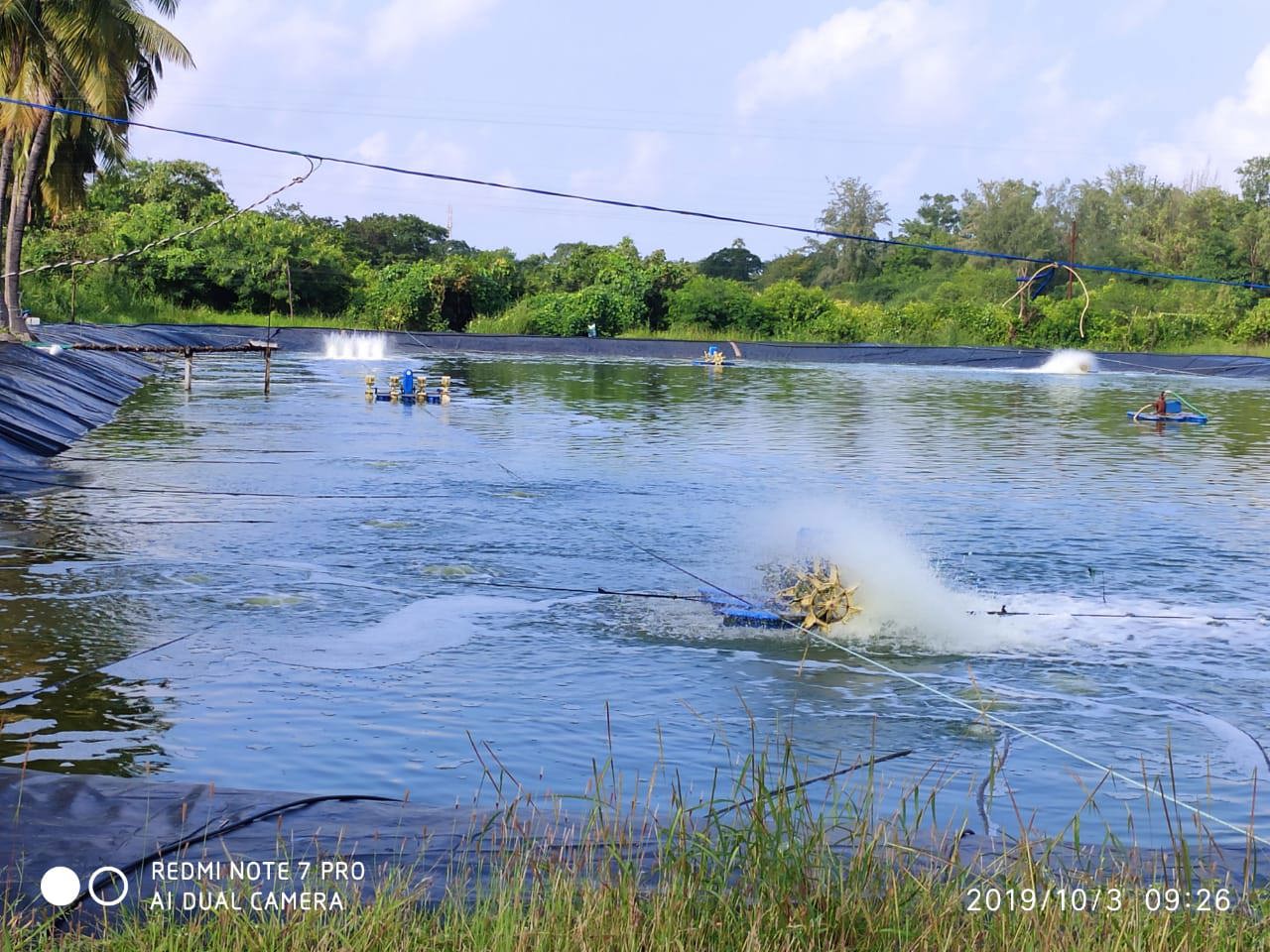Fish farming, an age-old practice, has evolved with innovative techniques to ensure optimal conditions for fish growth and health. Water quality management and bottomsoil management are pivotal aspects that significantly influence fish production. Let's delve into effective strategies for maintaining water quality and managing bottom soil to foster a thriving aquatic environment for fish.
- Dissolved Oxygen (DO): Adequate oxygen levels are imperative for fish survival and growth. Optimal levels should be maintained around 5 mg/l. Aeration techniques such as manual splashing, mechanical pumps, and aerators facilitate oxygen dissolution, promoting a stress-free environment for fish.
- Temperature: Temperature regulation is crucial, with optimum ranges varying from 14-18°C in cold water and 28-32°C in warm water. Planting trees along pond banks provides shade, reducing stratification and benefiting from wind mixing and photosynthesis processes.
- Turbidity: Turbidity, indicating water clarity, is managed using methods like water exchange and filtration. Monitoring and maintaining turbidity levels within the range of 35-60cm using a Secchi disk ensures optimal conditions for fish growth.
- Ammonia and Nitrite: Ammonia and nitrite levels should be monitored and controlled through proper stocking, feeding, and fertilization practices depending on the pH of the water and overfeeding Biofiltration and regular pond oxygenation and control feed will help mitigate these toxic compounds, ensuring a safe aquatic environment.
- Hydrogen Sulphide: Accumulation of organic deposits at the pond bottom leads to hydrogen sulphide toxicity, stressing fish. Implementing frequent water exchange and liming effectively controls hydrogen sulphide levels, ensuring fish well-being.
- pH and Alkalinity: Maintaining pH of 7.5 - 8.5 fluctuation should not exceed 0.5 and within the recommended range and ensuring adequate total hardness (ideal range: 75-300 mg/l) are vital. Lime treatment and sodium bicarbonate will increase alkalinity rectifies low hardness, promoting pond productivity and mitigating fish stress.
- Texture and Acidity: Balancing soil texture to avoid extremes of sandiness or clayiness and maintaining pH between 6.8 to 7.2 are essential for healthy bottom soil. Lime application based on soil pH helps optimize conditions for fish habitat.
- Oxidation and Drying: Aeration and circulation techniques aid in bottom soil oxidation, and sundry until the crack formation and removing the slug will enrich the soil and nutrient availability. Periodic drying of pond bottoms for 2-3 weeks facilitates nutrient recycling and reduces organic matter buildup.
- Nutrient and Phytoplankton Removal: Gypsum and alum application assist in phosphorus reduction, promoting water quality. Algicides and copper sulphate effectively control phytoplankton abundance, ensuring a balanced aquatic ecosystem.
- Chlorination and Water Exchange: Chlorination and periodic water exchange contribute to microbial control avoid post contamination and reduce the water exchange and maintenance of water quality standards, respectively.
Feed Management will cost about 60% of the production cost by implementing these comprehensive water quality and bottom soil management practices, fish farmers can optimize conditions for fish growth, health, and ultimately, sustainable production. Prioritizing a healthy aquatic environment ensures the prosperity of the aquaculture industry while meeting consumer demand for high-quality fish products.
